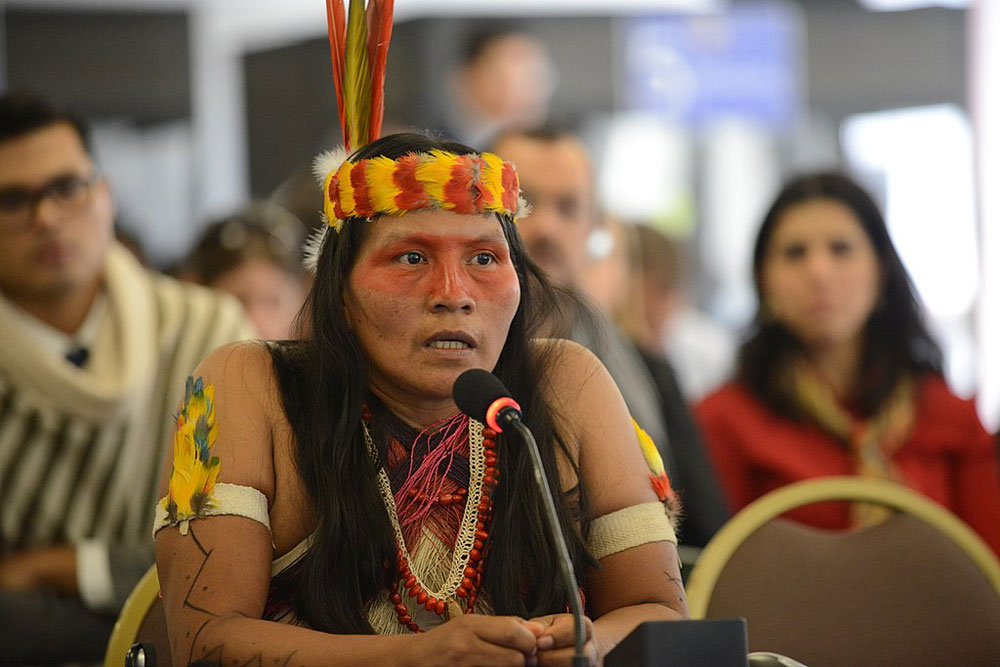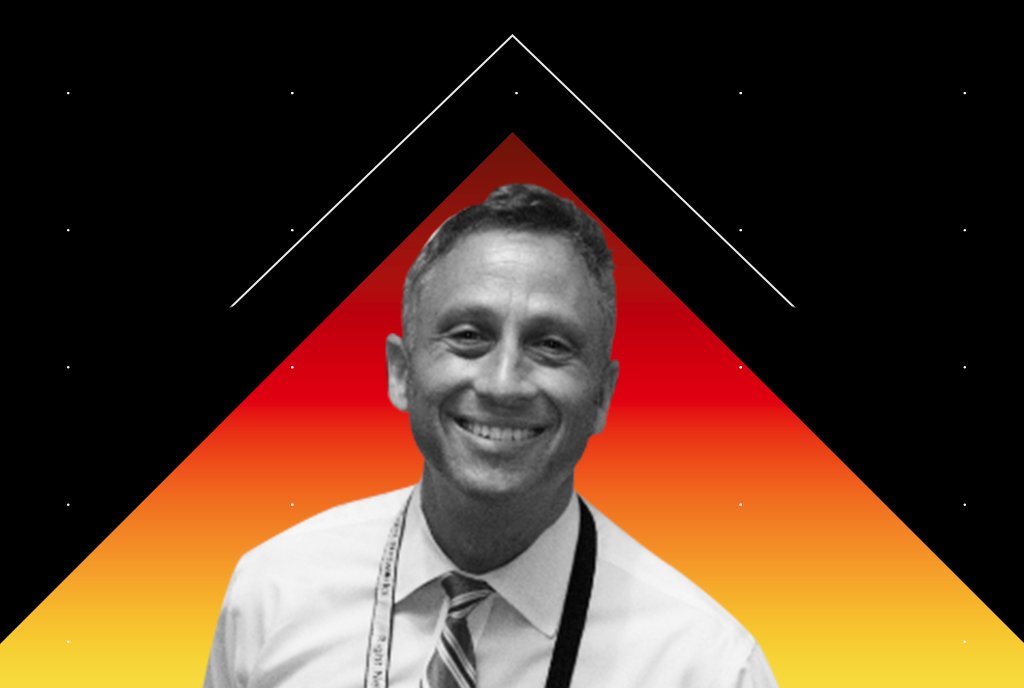
November 3, 2019; Truthout
Finally, a good-news story about the health of the planet. The Waorani people of Ecuador have created a path to save the environment in general and the Amazon in particular.
Hunters and harvesters, the Waorani have lived in the Amazon for centuries. This past summer, a panel of three judges of the Pastaza Provincial Court ruled for the Waorani against the Ecuador government, including its Ministry of Energy and Non-renewable Resources. This judgment protects a half-million acres of the rainforest from oil drilling.
Sign up for our free newsletters
Subscribe to NPQ's newsletters to have our top stories delivered directly to your inbox.
By signing up, you agree to our privacy policy and terms of use, and to receive messages from NPQ and our partners.
The Waorani would have lost their historic lands to oil companies at government auction had they not known their rights. The United Nations Declaration on the Rights of Indigenous Peoples recognizes their internationally accepted right to free, prior, and informed consent when it comes to approving, rejecting, and negotiating all aspects of projects in their territory. Proposed oil auctions of 16 other blocks of indigenous ground are now no longer certain; this appellate decision may end up saving seven million more acres for the good of the planet.
According to Mitch Anderson, the founder and current executive director of Amazon Frontlines, which is listed as Give Clearwater on its 990, the Waorani action presents eight lessons for others in the fight “for clean water, cultural survival, and rainforest protection.” Anderson has lived in Ecuador for eight years and works with human rights lawyers, environmentalists, journalists, and farmers among others, who all work and live in the Amazon.
- Healthy cultures, healthy forests. Protecting Indigenous cultures protects the Amazon forest. The oil companies’ exploitation not only pollutes the land, destroying habitat, it also kills culture. If people cannot survive off the land, the young people end up seeking jobs with the industries that threaten their homes.
- Defining the narrative: maps, technology, stories. Rather than letting the outside world picture the Amazon as a green canopy, Indigenous people from youth to elders have created a “living map” in the previous three years. Details include historic sites of battles and cave-carvings, where the sacred waterfalls are located, and the best places to fish and cross creeks. The Waorani used these stories to build their legal case, to the extent of using drone pictures to show how the paths of their rivers feed the forest and where turtles nest. The public, as well as the courts, could see the vibrancy of a culture not visible on government and company flat maps.
- The power of legal precedent. The Waorani are fighting for the land and the Amazon using the tools of the companies: social media, and international law. Following this demand that the government follow existing laws and the constitution has succeeded, precedent has been set. “We are Waorani and we have always lived in the Amazon rainforest,” says Pekinani traditional leader Memo Yahuiga Ahua Api. “For thousands of years, we have defended our territory from trespassers. Now we are fighting with our words and papers. We never knew the government wanted to extract oil from our lands. We, Pikenanis, are never going to sell our territory to the oil companies. We want to live well in our territory.”
- Climate change and interconnectedness. The Waorani win keeps 500,000 acres of trees working as carbon sponges, which over ten years may avert the same metric tonnage of greenhouse gases emitted from 4 million cars in one year. Indigenous communities are key to defending the Amazon carbon sink, a natural environment that absorbs carbon. According to research centers, indigenous lands hold approximately a quarter of the planet’s above-ground carbon sinks. The community has also protected the hydrological cycle in the Amazon River, which processes one-fifth of the world’s freshwater. Damage to that water cycle could reach all the way to drought on farms throughout the hemisphere and could reduce snowpack in the Pacific Northwest mountains.
- Women in front. Three generations of Waorani women have taken part in the struggle to protect their environment and their culture. Dozens of the women attended the court, bringing their samples of their culture, clay pots, palm baskets, and food. They would sing if they felt they were being disrespected by the officials in the room. Nemonte Nenquimo, a lead plaintiff, president of the Waorani communities on the Pastaza River, and mother, spoke to reporters during the hearings. “We are the caretakers of the forest, and we will continue defending it as our ancestors have done for thousands of years,” she said. “As women, we are fighting for our children, for our families, for our communities and for our Mother Earth. We will never allow the oil companies to enter our territory. Our forest is not for sale, and this is our decision.”
- Protecting rivers and water. The rivers in the Amazon join other rivers, and flow through floodplains. Any contamination to the waters cannot be controlled. The Waorani and others have been hurt before. In the 1960s, Texaco (now a subsidiary of Chevron) dumped waste and created oil spills in the forest and into rivers. Many Ecuadorian communities cannot drink the water that runs through their lands. Researchers at the Manuel Amunárriz Institute of Epidemiology and Community Health in Quito, Ecuador have found excess cancer incidences—and have pushed the Waorani’s cause. Others, from Standing Rock in the US to Asia, are defending Indigenous rights and the rights of the natural world. And yet oil production continues.
- Wildlife and biodiversity. The Amazon holds a tenth of all species known in the world; modern medicine is aided by drugs that come from Amazon plants. The Waorani have not just protected themselves and their children, but all the creatures there, as well.
- Union of indigenous nations. The Waorani people were joined by other indigenous nations, including the Kichwa, Sapara, Andoa, Shiwiar, Achuar, and Shuar. They traveled long distances to stand with the Waorani, and submitted amicus briefs (not plaintiffs, but have expertise or interest in the case). “We have united with our Waorani brothers and sisters because we share the same struggle and dream: to protect our forest and to continue being who we are, as Indigenous peoples,” said Alex Lucitante, a Kofan leader. “We will continue to unite forces and build strength between our peoples to resist the threats to our territories. Without unity, there can be no triumph.”
—Marian Conway















